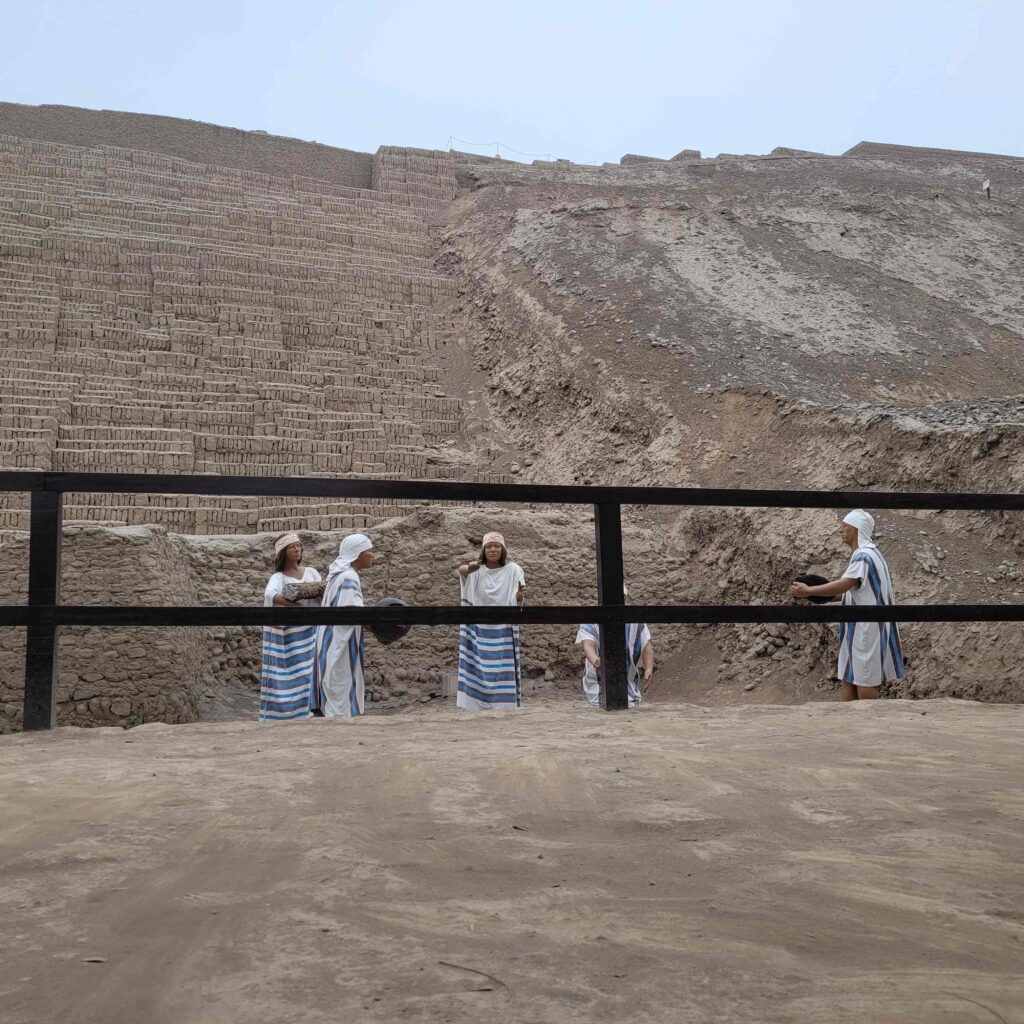The intersection of cultural knowledge and climate change presents a uniquely complex tapestry woven with the threads of history, tradition, and contemporary environmental challenges. In a world increasingly punctuated by the urgencies of climate crises, understanding the cultural practices of societies becomes imperative. By delving into Lima’s rich cultural landscape, one discovers a wealth of perspectives that illuminate the path toward sustainable living, fostering an ecological consciousness intrinsic to the fabric of life in this vibrant city.
At the heart of Lima’s cultural tapestry lies an intricate melding of ancient wisdom and modern insights. The communities that have thrived along the coast of Peru for millennia have long understood the delicate balance of their ecosystems. Traditional ecological knowledge (TEK) is crucial in this context. This body of knowledge, passed down through generations, encapsulates the relationship between indigenous people and their environments. The principles of reciprocity and respect for nature found in these traditions offer substantial insight into sustainable practices that can combat climate change.
Consider the pre-Columbian agricultural techniques employed by the peoples of the Andes, particularly the cultivation of diverse crops in diverse microclimates. Practices such as terrace farming and companion planting underscore a sophisticated understanding of biodiversity and its benefits. Lima’s contemporary agricultural strategies can inspire a re-evaluation of how food is produced, leading to a paradigm shift towards permaculture and agroecology—approaches that prioritize ecological balance over monoculture, enhancing resilience against climate fluctuations.
As climate change continues to manifest through erratic weather patterns and shrinking arable land, Lima’s cultural institutions play a vital role in disseminating knowledge. Museums, art galleries, and community centers serve as platforms where traditional practices are showcased and celebrated. Engaging exhibitions on the historical significance of water management in the Andes, for instance, not only pique curiosity but also incite discourse on contemporary challenges such as water scarcity. Knowledge transfer through such venues is paramount for invigorating societal mindfulness about environmental stewardship.
Moreover, Lima’s festivals encapsulate the confluence of cultural expression and environmental consciousness. Events such as ‘Mistura,’ a gastronomic festival, highlight local cuisine while simultaneously promoting the importance of sustainable sourcing of ingredients. When chefs advocate for ingredients that are locally sourced, it establishes a culinary narrative that stems from both tradition and modern ecological awareness. It urges the community to reflect on their consumption patterns and their implications on climate and local economies.
The stories of Lima’s artisans and their dedication to sustainable materials further contribute illuminated cultural understanding. Potters, weavers, and other craftspeople often utilize natural dyes and locally sourced resources in their creations. This not only preserves traditional skills but also fosters a movement towards sustainability. By choosing to support local artisans over mass-produced goods, consumers engage in a conscious consumption model that protects the environment while revitalizing local economies.
Language, too, serves as a vehicle for climate awareness in Lima’s cultural discourse. The linguistic diversity that permeates the region—from Spanish to indigenous tongues—affords a multitude of perspectives on environmental stewardship. In numerous indigenous languages, words encapsulate entire philosophies concerning nature. This lexicon opens up opportunities for dialogue about climate change, enabling speakers to advocate for practices that honor their relationship with the earth. As such, the promotion of bilingual education can empower future generations to approach ecological challenges with a biocultural mindfulness that bridges past and present.
Education, a cornerstone of cultural transmission, is instrumental in reshaping perceptions towards climate change. Lima’s educational institutions increasingly integrate environmental curricula that encompass indigenous knowledge systems. Programs that emphasize experiential learning through community engagement foster a generation of young activists armed with both cultural insight and scientific understanding. By instilling values of sustainability into educational frameworks, the discourse surrounding climate change shifts from fear to empowerment, piquing curiosity among youth who may lead the charge towards innovative solutions.
The urban landscape of Lima, rife with contrasts, also exemplifies the challenges of urbanization in the wake of climate change. The sprawling shantytowns juxtaposed with affluent neighborhoods create a pressing need for urban planning that respects cultural identities while prioritizing sustainability. Community-led initiatives that focus on re-greening urban environments—through the creation of parks, community gardens, and green rooftops—embody the intersection of cultural preservation and environmental accountability. These initiatives not only mitigate urban heat but also serve as sources of food security and communal gathering spaces.
Furthermore, Lima’s coastal geography exacerbates vulnerabilities related to climate change, as rising sea levels threaten livelihoods dependent on marine resources. Traditional fishing practices, once sustainable, face existential threats from overfishing and climate-induced changes in fish populations. Preserving these practices through cultural knowledge becomes essential. Advocating for sustainable fishery practices rooted in local customs fosters resilience within coastal communities, promoting an understanding that marine conservation is intrinsically linked to cultural identity.
As Lima stands at the crossroads of cultural heritage and environmental challenges, the potential for transformative change is palpable. The stories woven into its neighborhoods, the knowledge embedded in practices, and the vibrant dialogues fostered by its people collectively inspire a movement toward sustainability. By illuminating cultural knowledge within the framework of climate action, individuals and communities can reimagine their roles, embracing a stewardship that honors both the past and the future.
In conclusion, the cultural knowledge of Lima not only provides varied perspectives on climate change but also beckons a renewed commitment to sustainability. The rich traditions, innovative practices, and proactive exchanges within this urban landscape serve as a beacon of hope. By harnessing the power of cultural wisdom, Lima can pioneer a shift toward a more sustainable and resilient future, inviting global participation in a shared quest to confront one of the most pressing challenges of our time.
